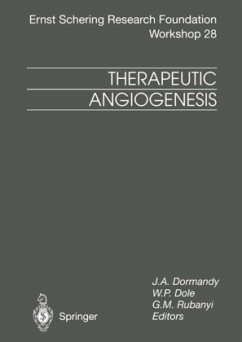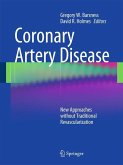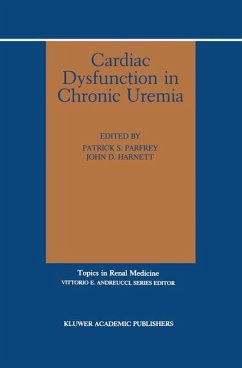Over the past decade, rapid progress had been made in elucidating the cellular and molecular mechanisms of new blood vessel formation in both health and disease. Lack of sufficient angiogenesis (new capillary development) and collateral formation (remodeling of existing blood vessels) in adult tissues (e. g. , heart, brain, skeletal muscle) during criti cal ischemia has prompted novel therapeutic strategies to stimulate/fa cilitate angiogenesis and collateral formation in ischemic conditions ("therapeutic angiogenesis"). Therapeutic angiogenesis describes a strategy of inducing new col lateral vessels that can bypass vascular obstructions caused by atherosclerotic disease and stimulating new capillaries that can en hance tissue oxygen exchange. Naturally occurring growth factors (e. g. , FGFs, VEGFs) have been identified and demonstrated to induce new blood vessel formation in the adult organism. The therapeutic ap plication of these growth factors has been demonstrated to enhance these natural processes and have been shown in a number of animal models to increase blood flow and oxygen exchange to ischemic tis sues. Therapeutic angiogenesis therefore represents a new medical principle that is anticipated to be used as an adjunct or alternative to angioplasty and/or bypass surgery. A number of strategies have been proposed and tested to deliver growth factors. One strategy is the direct administration of the growth factor protein by intramuscular, intraarte rial or intravenous delivery.








